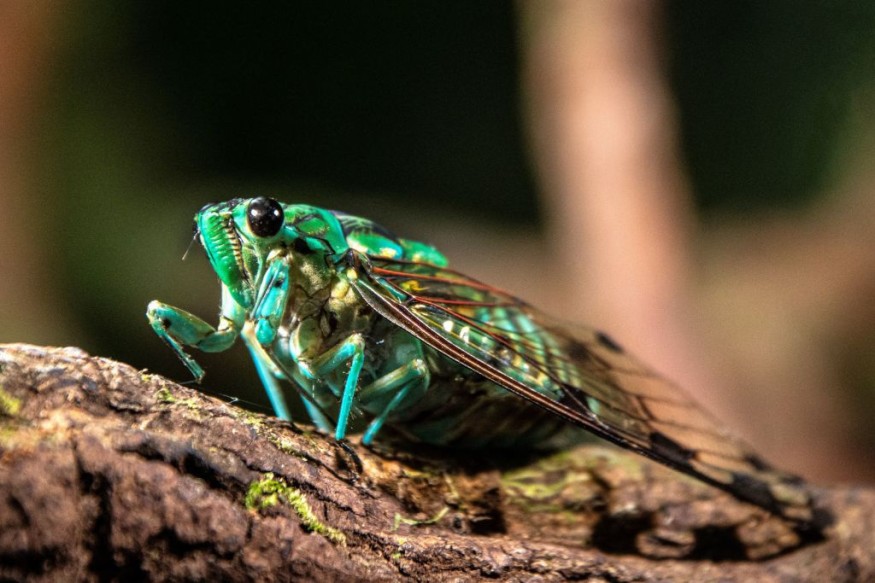The tranquility of a spring morning in the Eastern United States can be deceiving. Beneath the seemingly peaceful veneer, a colossal phenomenon is stirring.
Brood X, a generation of cicadas numbering in the billions, is on the verge of erupting from their subterranean slumber in a synchronized emergence unlike anything else on Earth. T
his once-in-17-year event, known as a cicada palooza, is poised to transform forests and backyards into a buzzing, cacophonous spectacle.
A Chorus Heard Across Decades

For 17 years, these cicadas have been patiently developing underground, feeding on the roots of trees.
Now, driven by a primal urge synchronized by an internal clock, they are preparing to claw their way to the surface and embark on a brief, frenetic mission: to find a mate, reproduce, and perpetuate the cycle.
The sheer number of cicadas involved is staggering. Scientists estimate that billions of Brood X individuals will blanket an area stretching from Georgia to Michigan, creating a living, buzzing carpet across the landscape.
A Feast for the Senses (and Some Predators)
The emergence of Brood X is not merely a visual spectacle. As the cicadas erupt from the soil, they will shed their exoskeletons, leaving behind a ghostly white husks clinging to trees and other surfaces.
The air will be thick with the sound of their incessant buzzing, a sound described as a high-pitched whine that can reach deafening levels.
This cacophony serves a crucial purpose - attracting potential mates. But the cicadas' sonic serenade will also attract a host of predators, including birds, fish, and even some mammals, who will view the emergence as a smorgasbord of opportunity.
Living on a Seventeen-Year Schedule
Unlike their annual brethren, cicadas of Brood X adhere to a peculiar schedule. These periodical cicadas, as they are known, emerge in synchronized generations, with lifespans locked into prime numbers like 13 or 17 years.
This extended subterranean stay is thought to be an evolutionary adaptation to avoid predators that synchronize their breeding cycles with those of their prey.
By emerging in such large numbers and on such an infrequent basis, Brood X cicadas overwhelm predators, ensuring the survival of a significant portion of the brood to reproduce.
A Boon to the Ecosystem
The impact of Brood X extends beyond the realm of the senses. These insects play a vital role in the ecosystem, aerating the soil as they burrow and providing a valuable source of protein for predators.
Their mass emergence can even benefit trees, as their short lifespan means they typically only consume a small amount of plant sap before succumbing to predators or natural causes.
Some researchers even suggest that the sheer mass of decomposing cicada bodies after a emergence event can provide a nutrient boost to the soil.
While the sight and sound of billions of cicadas may seem overwhelming, Brood X's emergence is a remarkable testament to the power of nature and the intricate cycles that sustain life on Earth.
For residents of the Eastern United States, the coming weeks offer a unique opportunity to witness a natural phenomenon that is both awe-inspiring and strangely beautiful. So, step outside, listen to the chorus, and marvel at the sheer scale of this once-in-a-lifetime event.
Related article: Scientists Looking for 'Crooked' Cicadas
© 2025 NatureWorldNews.com All rights reserved. Do not reproduce without permission.





